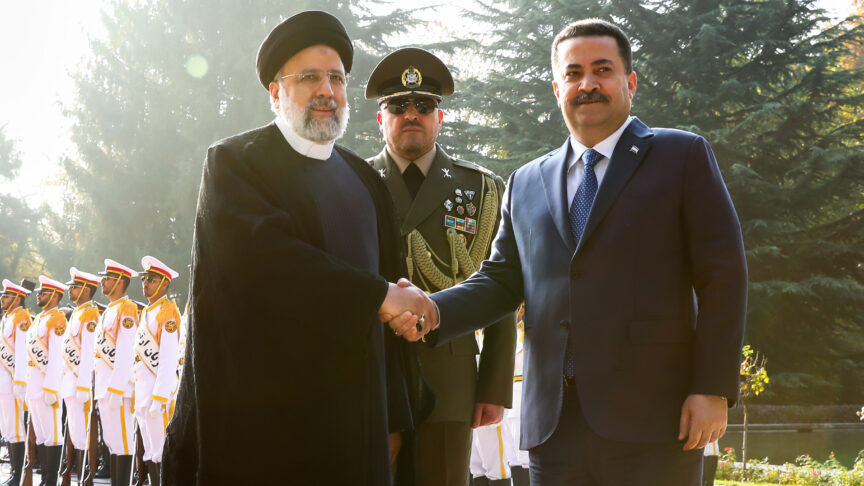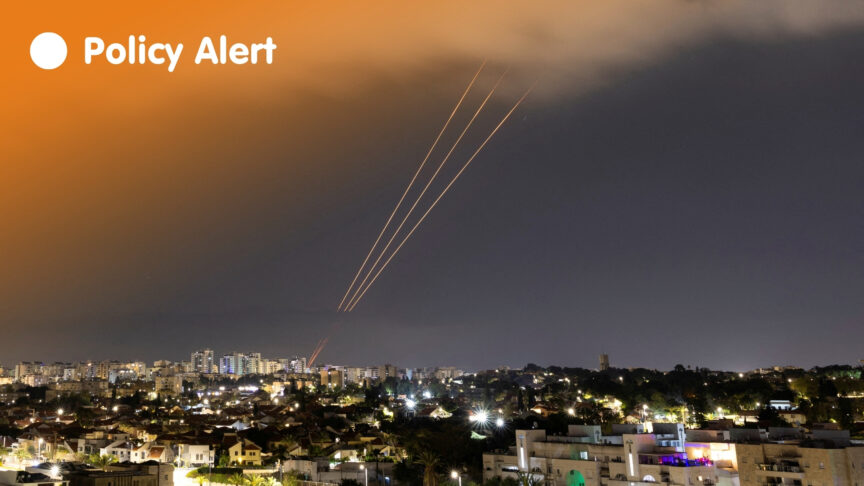Time to get pedalling
Just possibly, EU defence ministers may have realised that only their personal engagement will ensure co-operation between their military staff. This is vital as European countries look for a way to retain effective security capabilities in an era of shrinking budgets.
Can this really be true? Have Europe’s defence ministers really decided to get serious about co-operation as an answer to their financial woes? And, six years after the European Defence Agency was first set up to catalyse joint efforts, have they finally understood that only their personal involvement will ensure real progress?
Word from their recent meeting in Ghent encourages such improbable hopes. The ministers have instructed the Agency to bring them a menu of options to consider in December – thus, ironically, giving the Agency its long-sought chance just when there is an interregnum at its top. The appointment of a new chief executive is caught up in the wider distribution of top posts in the European External Action Service, the EU’s new diplomatic corps. So we cannot resist, as co-pilots of the Agency for its first three years, offering some ideas.
The key essential is for the ministers to understand what they are up against. They preside over defence establishments which do not like to co-operate, or to change. Innately conservative, these bureaucracies are like exercise bikes – their built-in inertia and resistance mean that all new impulses grind to a halt unless the man in the saddle keeps pedalling.
So the ministers might start by demanding to know what has become of all the promising initiatives launched in recent years by their predecessors in the Agency’s steering board. Six years, for example, have been spent on the quest to rationalise trials and test facilities across Europe (all those under-utilised wind-tunnels and instrumented ranges). But has anything actually changed? And if not, why not? Where have European air staff got to after a decade spent discussing consolidated pilot training? What progress has been made on replacing repeated national certification of the same piece of new equipment (at an overall cost, incredibly, of €4 billion for the NH90 helicopter) with a shared system to do the job just once? Pooled maintenance and support for the Airbus A400M airlifter has been talked about for years – who is actually doing anything about it? What progress on the effort to get drones flying in regulated air-space, thus opening a massive new market in security and commercial uses? Why has the successful pilot scheme, in which a dozen member states clubbed together €50 million for joint research, not been replicated? And so on.Ministers must learn to hold the Agency – in practice, their own staffs – to account; and they should commission an annual external audit of how the main programmes are, or are not, progressing to help them to do so.
Saving money by cutting duplication has to be today’s focus. But the ministers should also require a major overhaul of forward investment plans – to cut costs through co-operation, and to re-tool outdated forces for tomorrow’s conflicts. Again, they must expect the machine to resist – to urge caution and to propose further study. But, in truth, all the requisite ‘capability analysis’ has already been done, and done to death: the necessary steps are an open secret.
Europe’s armed forces remain over-endowed with heavy metal and high explosive. Future operations will, by contrast, call for better ‘eyes and ears’ (intelligence, reconnaissance and communications capabilities) and for forces operating with more agility, better protection, and greater precision.
So a good first step would be the clear-out of all those stockpiles of ‘dumb’ bombs (simply unusable in today’s conflicts), and joint programmes to procure ‘smart’ alternatives – whilst retiring all the old bombers that are not wired to deliver them.
Inadequate communications – between differently equipped units in-theatre, and by satellite between deployed forces and headquarters – have hampered every European operation to date: a joint plan for tackling both immediate deficiencies and longer-term provision is badly needed.
Helicopters, too, are a perennial shortfall. So why not set up a pooled fleet, like the car-share schemes mushrooming across European cities, or indeed like the NATO pool of C-17 airlifters?
Observation drones and satellites are another obvious priority. Next-generation technology is under development; the real challenge is to corral divergent national efforts, so that common ownership and operation are established wherever possible, and costs and benefits are fairly shared. It is also high time to bridge the artificial divide between ‘security’ and ‘defence’ applications; such systems are just as necessary for border, maritime and environmental surveillance as for crisis-management operations away from Europe. A good place to trial a multinational, joint civil/military system could be the Baltic.
Regional co-operation, indeed, can be one way to avoid diluting joint programmes with uncommitted partners just along for the ride. A more durable solution lies in the Lisbon treaty’s provisions for pioneer groups – something the more serious defence ministers should bear in mind as they review the Agency’s proposals in December. But the immediate imperative is simple – commit to some joint projects, and then pedal like fury!
This article first appeared in European Voice.
The European Council on Foreign Relations does not take collective positions. ECFR publications only represent the views of their individual authors.


